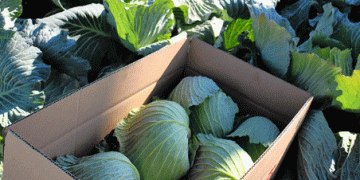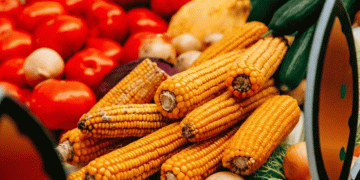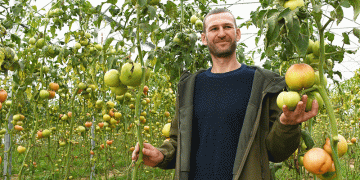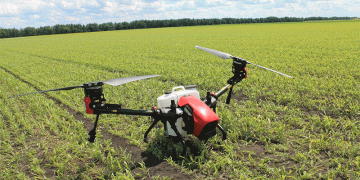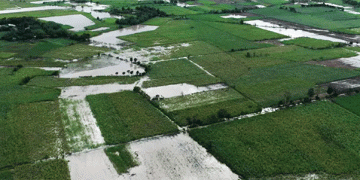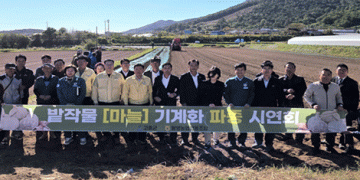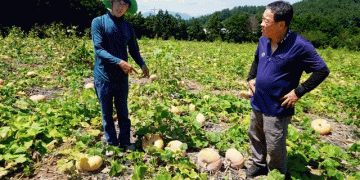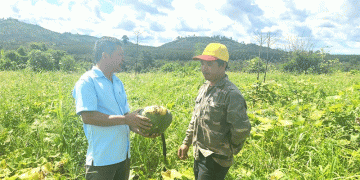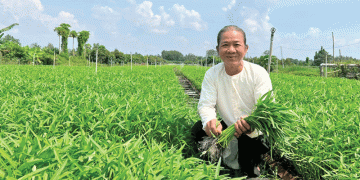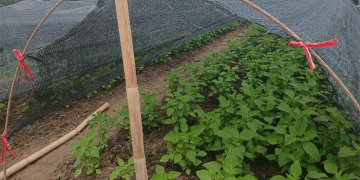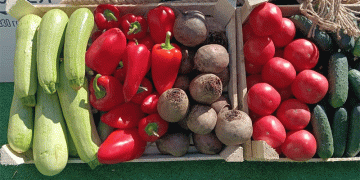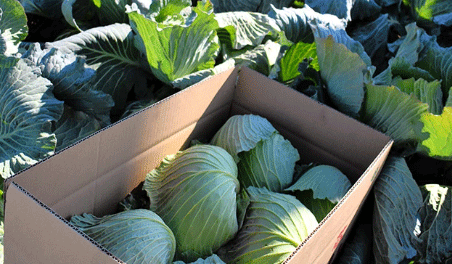Vegetable prices in Japan have reached unprecedented levels, creating significant challenges for both farmers and consumers. The Ministry of Agriculture, Forestry, and Fisheries (MAFF) recently reported that prices for key vegetables ranged from 117% to 336% above the five-year average during late December 2024, reflecting a combination of adverse weather conditions and supply chain disruptions.
Weather Woes and Their Impact
- Summer Heatwave Effects:
Japan experienced record-breaking heat during the summer of 2024, which disrupted vegetable growth cycles. Poor growing conditions led to reduced yields for staple crops like cabbage, lettuce, and Chinese cabbage. - Winter Snowfalls:
As if the summer heat wasn’t enough, a cold front brought heavy snowfalls across Japan in late 2024, further straining supply chains. The Sea of Japan region, a significant agricultural area, was particularly hard-hit, making transportation and harvesting difficult.
Surging Prices
The MAFF’s latest survey of 470 supermarkets nationwide highlighted the dramatic price increases:
- Cabbage: 453 yen ($2.80) per kilogram, 336% of the normal price—the highest since February 2018.
- Lettuce: Prices surged to 238% of the average.
- Chinese Cabbage: Cost 195% above the norm.
Farmers in Ibaraki Prefecture, a leading cabbage producer, also reported thefts of cabbages just before harvest, adding to the market pressures.
Predictions and Concerns
While cabbage shipments are expected to stabilize toward the end of January, prices are unlikely to return to average levels in the near term. For lettuce, shipment volumes are projected to remain below average, sustaining elevated prices. However, the ministry cautioned that these forecasts do not account for the full effects of the cold front, meaning further price hikes could occur.
Farm Minister Taku Eto addressed concerns during a January 10 news conference, noting that farmers are not reaping the financial benefits of these price increases due to rising input costs and logistical challenges.
The convergence of a summer heatwave and winter snowfalls has created a perfect storm for Japan’s vegetable market. While consumers face higher prices, farmers are grappling with production and distribution issues. Moving forward, investments in climate-resilient agriculture and better supply chain infrastructure will be critical to mitigating such challenges in the future.
